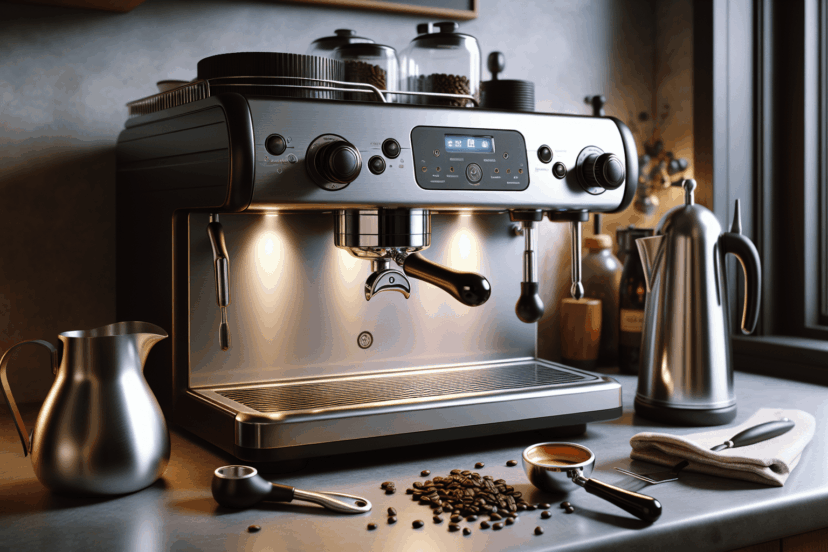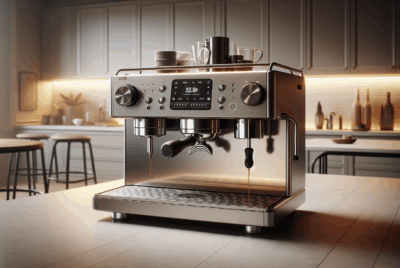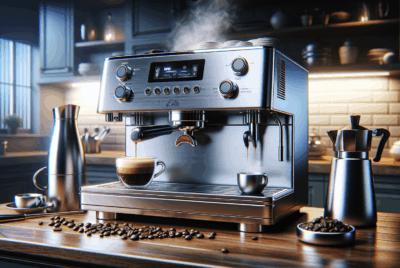How to Work a Breville Espresso Machine Effectively
As an Amazon Associate, I earn from qualifying purchases, at no additional cost to you. Disclaimer
Have you ever wondered how to make the perfect cup of espresso using a Breville Espresso Machine? Whether you’re a seasoned barista or just starting your coffee journey, understanding how to use this machine efficiently can elevate your coffee-making experience. Let me guide you through the ins and outs of mastering this art form.
Explore the Best Espresso Machines
Understanding Your Breville Espresso Machine
Before you start brewing, it’s essential to get to know your Breville Espresso Machine. Each model may have different features, but they all share a common goal: to help you create a perfect espresso shot. Familiarizing yourself with the components and their functions will set a solid foundation for brewing success.
Key Components of the Breville Espresso Machine
The main components you’ll encounter when using your machine include the water reservoir, the portafilter, the steam wand, and the control panel. Let’s take a closer look at each:
- Water Reservoir: This is where you fill up your machine with water. Ensuring it’s always sufficiently filled is crucial for uninterrupted operation.
- Portafilter: Think of this as the handle where you place your coffee grounds. It’s key to creating pressure which is vital in making espresso.
- Steam Wand: Used for frothing milk, the steam wand can help you make lattes, cappuccinos, and other milk-based drinks.
- Control Panel: This is the brain of the machine, where you can control various settings such as brew strength and water temperature.
Basics of Operation
Understanding the basic operations of your machine is like learning the alphabet before reading a book. Each part plays a role in ensuring that you pull a robust and flavorful shot of espresso.
-
Filling the Water Reservoir: Always start by checking and filling the water reservoir appropriately. The quality of water can affect the taste, so use filtered water if possible.
-
Grinding the Coffee Beans: Freshly ground coffee enhances the aroma and taste. Some Breville models come with built-in grinders; otherwise, invest in a good quality grinder for best results.
-
Tamping and Dosing: Using the portafilter, add an appropriate amount of ground coffee and tamp it down firmly. Tamping ensures that the coffee is packed evenly, affecting the espresso’s extraction.
-
Brewing the Espresso: Insert the portafilter into the machine and select your desired brew option. Your machine should begin the extraction process, pouring a luscious shot of espresso within seconds.
Tips and Tricks for an Optimal Brew
Once you’re familiar with these basics, you might be interested in refining your skills even further. Here are some useful tips that can help you work your Breville Espresso Machine more effectively.
Achieving the Perfect Grind
The grind size has a huge impact on the quality of your espresso. For most Breville Espresso Machines, a fine grind is ideal. However, minor adjustments might be necessary depending on your specific model and coffee beans. Always aim for a balance where the extraction isn’t too fast or too slow.
Mastering the Art of Tamping
Tamping pressure influences the coffee extraction rate. Apply around 30 pounds of pressure when tamping the coffee grounds into the portafilter. Consistency is key. An unevenly tamped surface will lead to channeling, where water flows too quickly through some parts of the puck, affecting extraction.
Temperature Precision
One of the great features of Breville machines is temperature control. Ensure your machine is set to the recommended brewing temperature (typically around 200°F or 93°C). Preheating your cup and ensuring your machine has warmed up ensures consistent results.
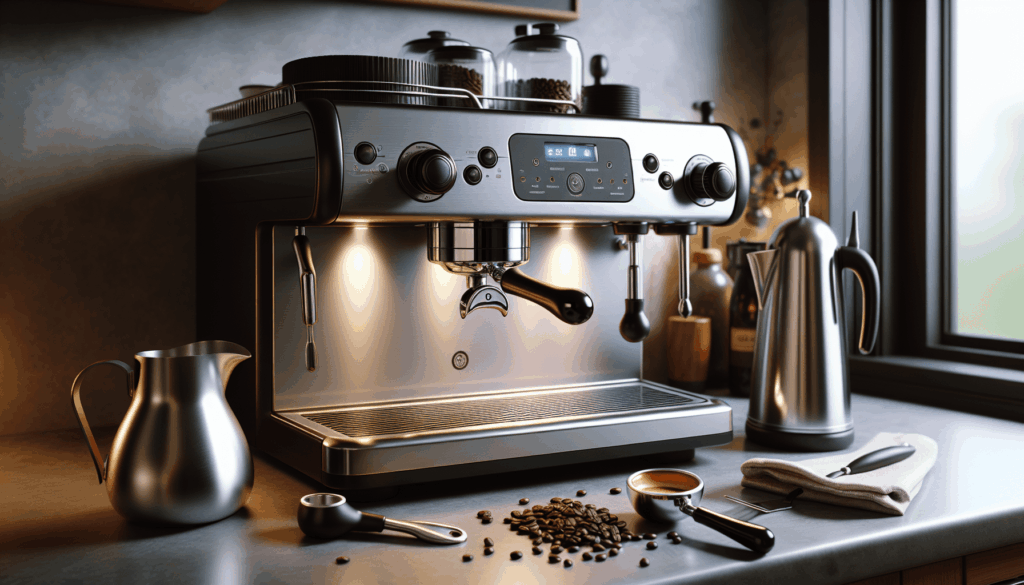
Exploring the Versatility of the Machine
The beauty of owning a Breville Espresso Machine is not just in its ability to make espresso but in the variety of coffee drinks you can prepare. Let’s venture beyond espresso and explore other possibilities.
Cappuccinos and Lattes
Making cappuccinos and lattes involves a combination of espresso and steamed or frothed milk. With the steam wand, you can heat and texture the milk to your liking. For a latte, aim for silky, dense foam, while cappuccinos require a much frothier consistency.
Flat Whites
Similar to a latte but with less milk and more espresso, a flat white is all about the balance. It requires finely textured milk and is a favorite for those who prefer a stronger coffee flavor with a smooth finish.
Espresso Macchiato
A traditional Italian drink, the espresso macchiato is an espresso “stained” with a small amount of milk foam. It’s a simple yet delicious way to enjoy espresso with a slight creaminess.
Troubleshooting Common Issues
Even with the best techniques, you might encounter some hiccups along the way. Knowing how to troubleshoot common issues can save you time and ensure your machine works optimally.
Problem: Espresso Tastes Bitter
A bitter espresso can ruin your mood, but don’t worry; it’s usually fixable. Ensure you’re using fresh, high-quality beans and that your grind size is correct. Bitter tastes often result from over-extraction, which means the water flow was too slow or the grind was too fine.
Problem: Espresso Tastes Weak or Watery
Contrary to bitterness, a weak espresso might mean the beans were not ground fine enough, leading to under-extraction. Check your grind size and ensure you’re using enough coffee grounds.
Problem: Milk Steaming Difficulties
If your milk isn’t frothing well, ensure your steam wand is properly cleaned and purging steam efficiently. Positioning is key; immerse the tip just below the milk’s surface and adjust until you hear a steady hissing sound. Practice makes perfect.
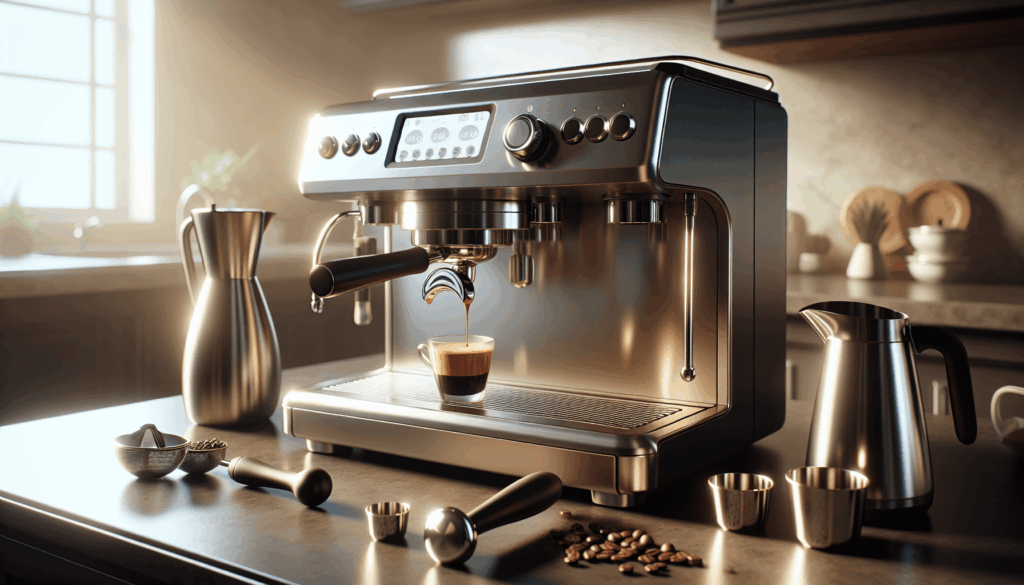
Maintenance and Care
Your espresso machine deserves proper care to maintain its performance. Regular maintenance can prevent issues and extend the machine’s lifespan.
Daily Care
After each use, clean the portafilter and purge the steam wand. Empty the drip tray and rinse the water reservoir occasionally. Such practices keep your machine hygiene optimal and prevent build-up.
Weekly and Monthly Maintenance
Weekly, remove and clean the filter baskets and the steam wand thoroughly. Once a month, it helps to descale your machine. Descaling removes mineral deposits, improving performance. Use a solution recommended by Breville for best results.
Parts Replacement
Breville machines may require occasional part replacements, such as the gasket or filter basket. Regular inspections can help you identify when parts might be wearing out. Consult your machine’s manual or customer service for guidance on purchasing and replacing parts.
Bringing It All Together
Working a Breville Espresso Machine effectively is a continuous learning process. With practice, you can customize your brew to match your taste perfectly. Remember that every component—from water to grind size to temperature—contributes to the overall experience.
By understanding the machine’s functions, practicing good techniques, and committing to regular maintenance, you’ll not only enhance your coffee-making skills but also deepen your appreciation for the art of espresso. Here’s to savoring the perfect cup, every time. May your Breville Espresso Machine fuel endless coffee adventures and bring joy to every sip.

